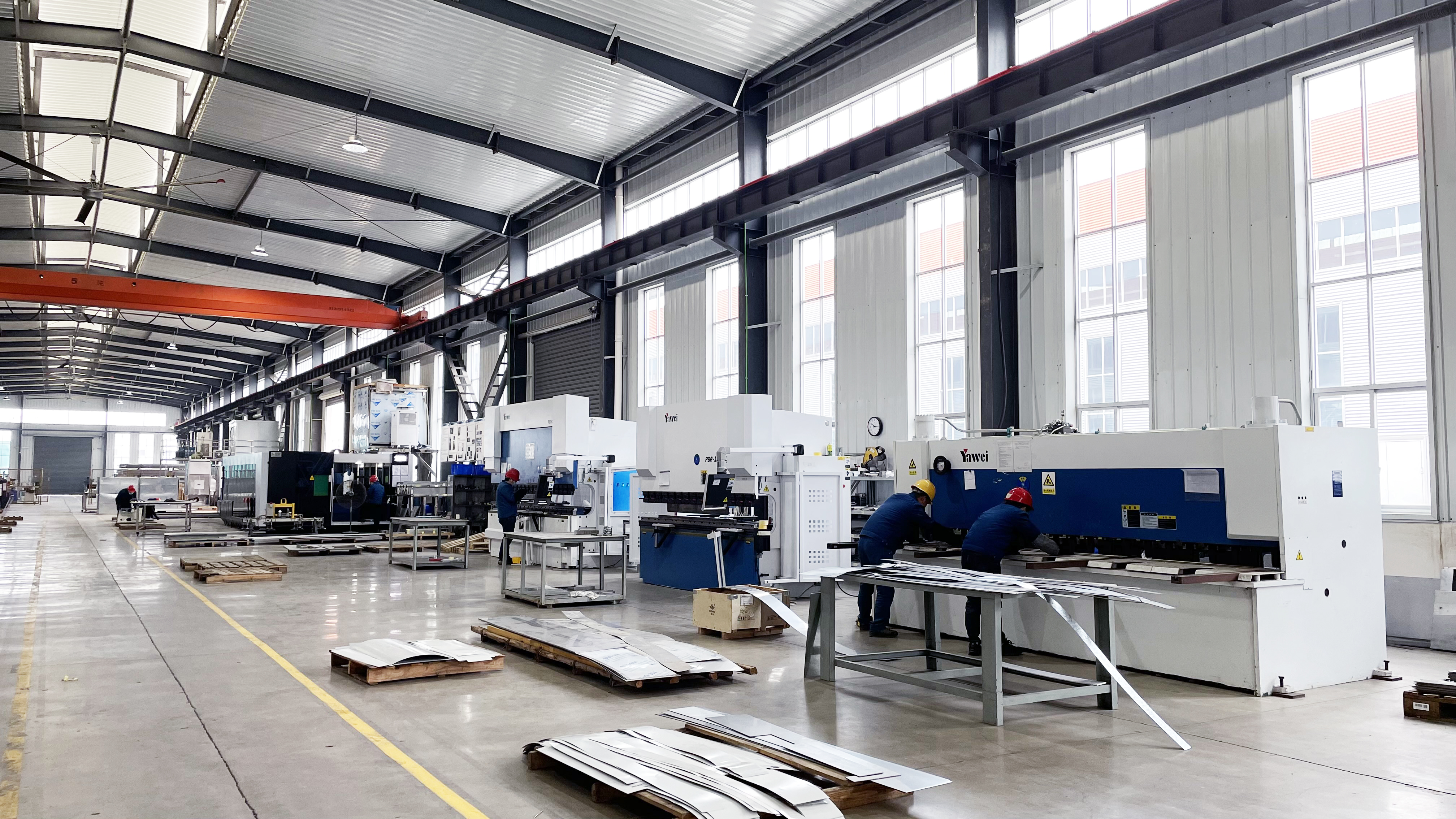 Drying Technology
Drying Technology
Keywords: sludge dryer、wastewater sludge dewatering
Relationship between sludge moisture content and disposal strategies
1.Moisture content and sludge properties:
Sludge is mainly composed of dry solids (s) and moisture (w). The moisture content refers to W/(S+W), which is the mass ratio. According to the definition, a simple calculation can be concluded: the decrease of sludge moisture content can effectively reduce the mass and volume of sludge, and the higher the moisture content, the more obvious the effect.

Different from the water content in conventional soil, sludge contains a large amount of organic matter, and its water exists in four types: interstitial water,Capillary bound water, surface adsorbed water and internal water. Therefore, the removal of moisture from organic sludge will become more and more difficult as the moisture content decreases.
Controlling the moisture content to a specific level requires a specific combination of processes.
2.Sludge Disposal Classification:
Sludge treatment and disposal are two different concepts. GB/T 23484--2009 Urban Sewage Treatment Plant Sludge Disposal Classification
Sludge disposal is defined as: “The process of absorbing sludge after treatment, generally including land use, landfill, building material utilization and incineration.” China’s truly sanitary and scientific sludge disposal started after 2000. Sludge control standards are specified in GB 18918-2002 Pollutant Discharge Standards for Urban Sewage Treatment Plants. However, this standard does not clearly specify whether it is the standard for discharge
from the sewage treatment plant or the standard for the entire disposal line, which causes many sewage treatment plants to avoid the stabilization problem and only choose the single indicator that the moisture content is less than 80%.
In fact, the current route for final disposal of sludge that meets national standards should be found in classification standards, mud quality standards, and relevant laws and regulations issued by the state. The moisture content index is the key to formulate scientific sludge disposal countermeasures. In most cases, wet sludge with a moisture content of 80% does not meet the disposal requirements.
3.The relationship between moisture content and land use
In view of the three ways of sludge land use, the corresponding mud quality standards have been issued in China. Although the most important thing for land use is the indicators of pollutants such as heavy metals in sludge, the limits of these pollutants in the standard are calculated in total, and cannot be improved by methods such as chelation, stabilization, and solidification. Therefore, The characteristics of sludge itself determine the index of heavy metal pollutants. Hygiene indicators can be met by heat disinfection and sterilization methods such as digestion or thermal conditioning. The moisture content index must be take additional craftsmanship to meet.
4.The relationship between moisture content and sludge building material utilization
There are currently 2 standards for the utilization of sludge building materials. CJ Factory r 289--2008 Urban Sewage Treatment Plant Sludge Disposal Mud for Brick MakingCJ/T 314--2009 CJ/T 314--2009 Mud for Cement Clinker Production with Sludge Disposal in Urban Sewage Treatment Plants, requires moisture content ≤80%, and kiln head nozzles add moisture content ≤12%. Therefore, when sludge is used for making bricks, a semi-drying process of sludge must be adopted. The process of sludge building materials utilization is: dehydration + drying + utilization in brick making; dehydration + drying + utilization in cement kiln factory; dehydration + utilization in cement kiln factory. In fact, the safer building materials utilization process is suggested as: dehydration + drying + incineration + ash making bricks or cement kiln utilization.
When choosing the countermeasures for the utilization and disposal of sludge building materials, there are also issues that need to be paid attention to: ① The organic components of sludge are harmful to the brick making process and will affect the building materials properties of the bricks. (such as odor, germs, toxic substances, etc.). ②When the sludge is used as clinker in cement kiln, the organic components in the sludge can be burnt, and the inorganic components can become cement clinker. During the burning of wet sludge, a large amount of water will be evaporated, which requires additional fuel consumption of the kiln factory. Therefore, the kiln factory hopes that the lower the moisture content of the sludge, the better, preferably fully dried sludge. ③Other restrictions on the utilization of building materials include that the transportation distance should not be too far, and the ash content after the sludge is burned.
Sludge moisture content and low calorific value of dry solids are the decisive factors. At present, the domestic dewatered sludge can generally meet the self-sustaining combustion option after drying.
The moisture content index of sludge in sewage treatment plants is a key factor in determining sludge disposal strategies. At present, the relevant national standards and specifications are met, and the basically feasible disposal schemes include land use, sanitary landfill, building materials utilization, incineration, etc. These disposal plans all put forward clear regulations on the moisture content. In most cases, only dewatering the sludge to a moisture content of less than 80% cannot meet the requirements of downstream disposal facilities. When choosing a sludge disposal line, environmental protection factors are very important, but reducing the moisture content is the key to solving engineering and technical problems.